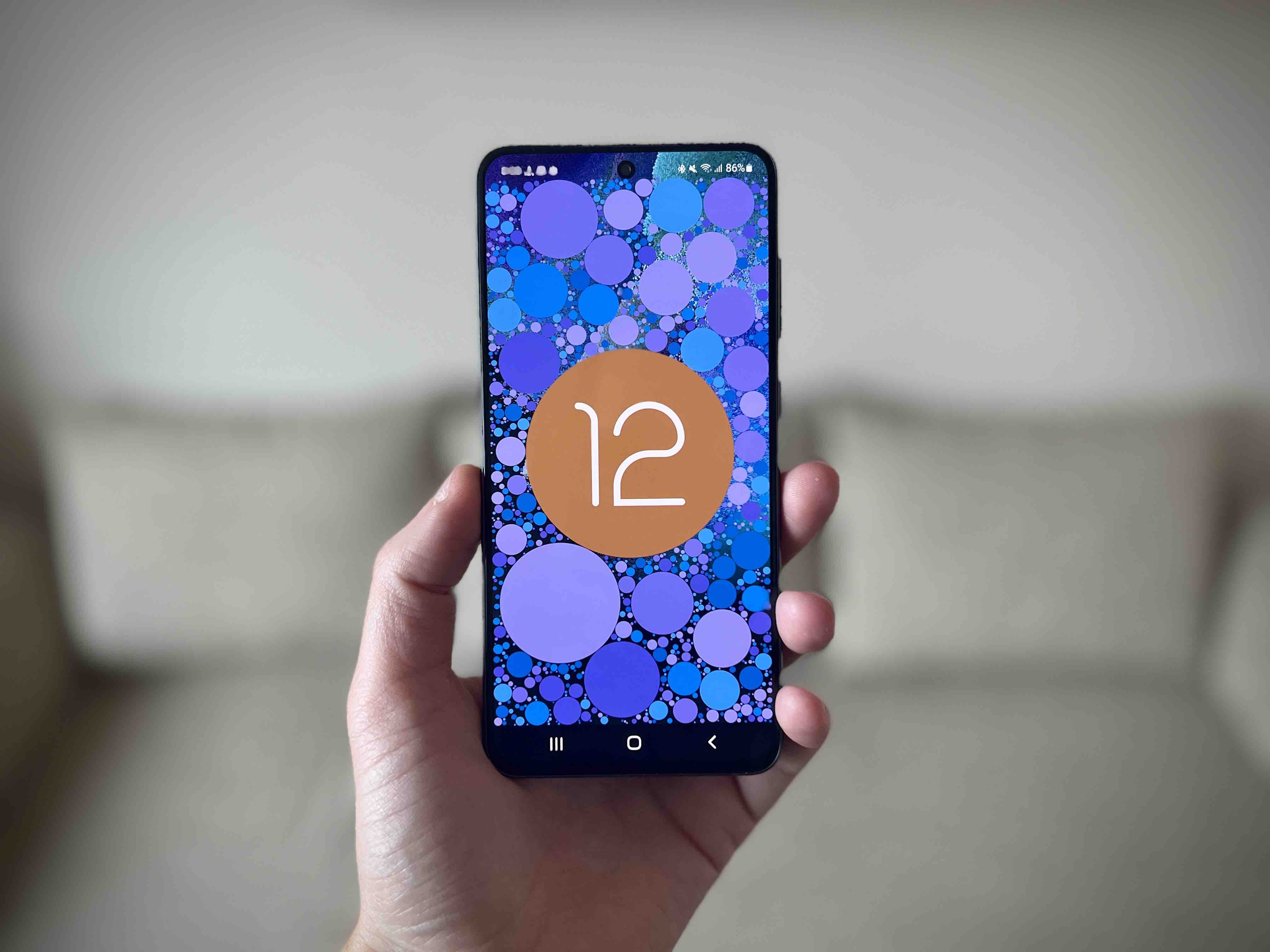Adaptive brightness is a useful feature that controls how dark or bright the display will be according to different lighting conditions. It uses an ambient light sensor combined with in-device machine learning to automatically adjust. Kdwhen you adjust the brightness slider manually, it also learns your habits and includes them in the automatic settings for you. The idea sounds great, but adaptive brightness doesn't always work as intended.
Since adaptive brightness stands and falls on machine learning, it takes some time to fine tune. And if it starts to misbehave by accident, it can quickly become that your device screen is either unnecessarily bright in a dark room and too dark outdoors, which of course you don't want. If you've given this behavior a few days to compare and it still doesn't match your needs, you can try resetting the adaptive brightness settings first.
You could be interested in

Resetting the adaptive brightness settings
- Go to Settings.
- Select an offer Application.
- Find and select the app Device Health Services.
- Scroll down and tap on Storage.
- Select at the bottom left Storage management.
- Then give it Clear all data and confirm with the offer OK.
You can think of it as a quick and easy way to recalibrate the adaptive brightness feature if needed. Now you can let your device learn your environment habits again and see if it works better. It's not a guaranteed fix, but it's still worth trying recalibration to see if it improves your experience in any way. This is kind of hidden from the average user anyway, so it's a good idea to point out the possibility to all of you who didn't actually know it even existed.






